UVM hockey teams face gender disparities
UVM Athletics Director, Jeff Schulman said that gender inequity is present in the athletics department.
The UVM men’s and women’s Varsity Ice Hockey teams receive vastly different support, both from funding and fans, bringing into question the department’s gender equity standards.
“We’re always assessing things and yeah, there’s absolutely [gender inequity], you know, there’s areas where we can improve on,” said Schulman.
Title IX is an amendment of the 1964 Civil Rights Act that serves to protect against gender discrimination in federal educational programs. Schulman explains it can be applied to non-academic programs, like athletic departments.
“The courts have widely interpreted the law, which prohibits schools from discriminating based on gender to include athletics, and so it’s something that we’re certainly very aware of,” Schulman said.
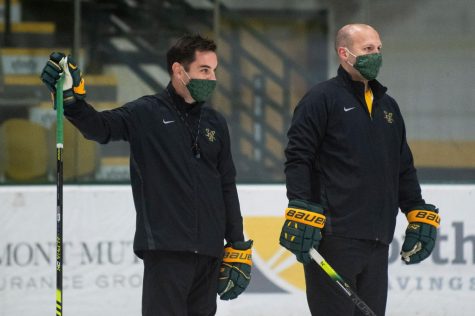
Any institution that receives federal funding, including UVM, is expected to be in compliance with Title IX standards at risk of getting those funds taken away. Schulman believes that UVM has continuously met Title IX standards since the beginning.
“Title IX ushered in a new era of support for women’s athletics. UVM in many ways, was on the forefront of that back in the mid to late 70s, and beyond,” Schulman said.
According to the Women’s Sports Foundation, 80-90% of athletic departments under Title IX’s jurisdiction do not meet gender equity requirements, but none have faced do not face any financial consequences. Title IX compliance is more than having equal budgets; it requires the provision of ability to meet given needs and provide equitable opportunities across gender lines.
“When you’re talking about both Title Nine compliance and gender equity more holistically, we look at things as being equitable, not necessarily equal,” Schulman said.
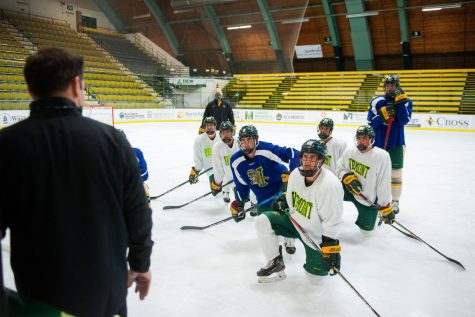
In 2019, the women’s team made 46% more in ticket sales than the previous year, but saw little change in their operating cost. In 2018 and 2019, the men’s team made 7-10% less money from ticket sales than in each previous year, but still saw small increases in their operating costs.
According to Schulman, the large difference between operating expenses is linked back to equity versus equality, resulting in the men’s team needing more resources than the women’s team. This could be explained by two factors: stick replacements and number of athletes.
He explained that by the nature of the game, men’s hockey breaks more sticks, which starts to add up over time. The team also usually has approximately 8-10 more athletes than the women’s team, which factors into expenses like travel costs.
The salary of the men’s hockey team’s head coach has consistently been equivalent to on par with the combined personnel cost of the women’s team. Schulman claims that team budgets and salaries should not be compared because each team’s finances are determined separately.
“We look at each program independently and we evaluate the compensation level that’s appropriate to secure and retain high quality coaches in our various sports,” Schulman said.
According to the UVM Athletics website, the men’s games attract more than ten times the number of women’s games’ spectators. Last season, the median number of attendees for the women’s games was 200 people; the median number of attendees at men’s games was just over 3000.
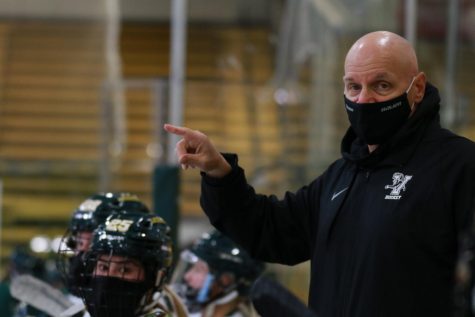
Head Coach Jim Plumer has been with Varsity Women’s Ice Hockey at UVM for nearly a decade. He believes that community support should be earned through performance.
“I think if we do well enough, we’ll get attention: we’ll get national attention, we’ll get regional attention, we’ll get local attention. If we, you know, if we’re coming eighth place the last three years in a row, like, should we be?” Plumer said.
According to the UVM Athletics website, the total ratio of Wins:Losses:Ties has been relatively consistent between the men’s and women’s teams for the past four seasons — until last year. The men’s team saw a ratio of 5:23:6 while the women’s season played 10:18:8
To Plumer, the disparity in game attendance is inevitable and out of anyone’s control.
“I mean, honestly, I think it’s just a societal thing. People attend men’s sports more than they attend women’s sports. I think it’s not unique to hockey or basketball or soccer or anything else. I just think that that’s a much bigger issue than I’m qualified to comment on,” Plumer said.
According to the teams’ budgets from the past four years, men’s hockey consistently raises over 400 times that of the women’s hockey revenue, with most of those funds coming from ticket sales. Operating expenses for the women’s team were consistently half that of the men’s team.
Head Coach Todd Woodcroft was hired in April during the university-wide hiring freeze, as stated in an Oct. 7 Cynic article, to coach the men’s ice hockey team. As a big fan of women’s hockey himself, Woodcroft feels that the women’s team should get more recognition from the community.
“I’m not sure why it’s not more well received here. It should be,” Woodcroft said.
Schulman talked about specific programming in place to build up and support female athletic teams. These efforts emphasize community-building. They try to schedule women’s games to be earlier in the day, so families with younger children can attend. The goal is to “inspire new generations of fans of our women’s teams.”
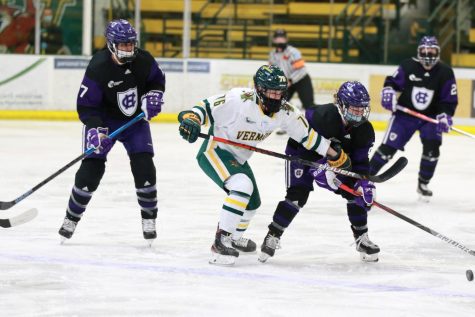
In addition, there are other programs for all of the women’s varsity teams specifically that emphasize building connections and developing relationships with the community.
“We look at partnerships with local schools and mentoring programs and getting our student athletes out in the community and engaging with people in particular in the hopes that they’ll develop a relationship and then they’ll come in and support our teams,” Schulman said.
The NCAA Committee on Women’s Athletics stresses the importance of having a gender equity plan that is based on education, commitment, and communication. Above all, systems of constant assessment are necessary to track each program’s progress.
Despite efforts to equalize support and opportunities for women’s teams, UVM is no exception to gender disparities in sports.
“There’s certainly still work to do on gender equity,” Schulman said.

(She/they)
Elizabeth Roote is a senior majoring in medical laboratory science and minoring in chemistry. Before becoming the features editor, Elizabeth...


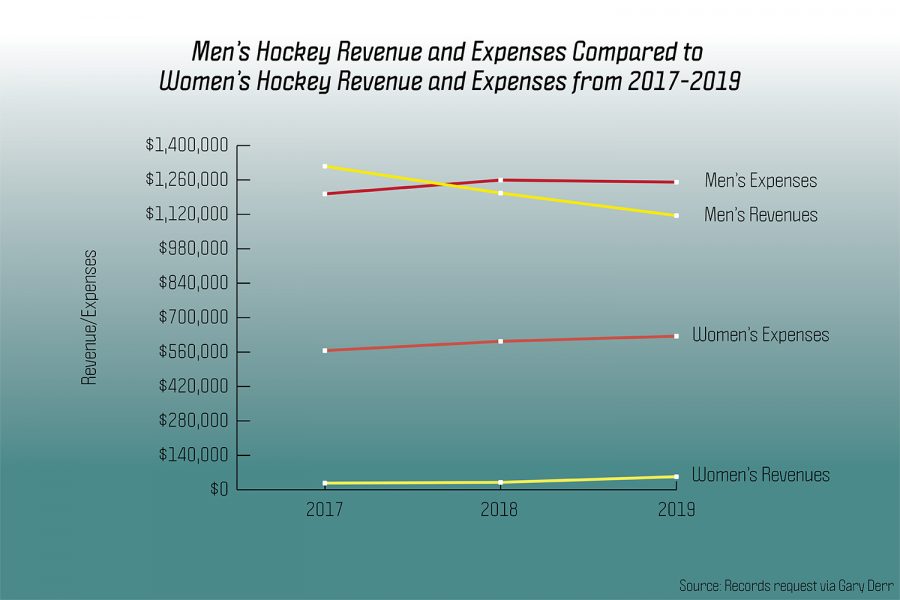





Emma Polen • Feb 19, 2021 at 1:42 pm
I think it’s incredibly bold of Schulman to comment on gender inequality within the athletic department while also being the same man who said Anthony Lamb wouldn’t be suspended after sexually assaulting a female athlete because “it wouldn’t be fair to the community that watches him play”. Wanna talk about how the athletic department can improve, Jeff? Start with yourself.